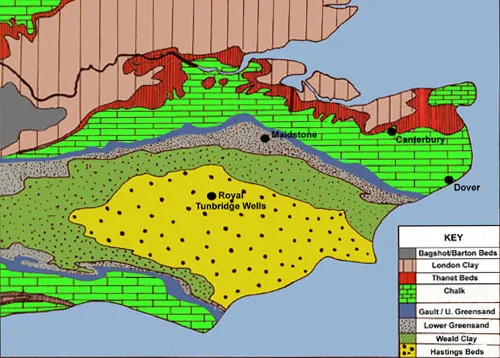Cargo Chokepoints - Ports ↠
London - Post-Apocalyptic (Fantasy) ..
-
Lyndhurst ..
South Downs ..
St Katharine Docks ..
USSR, Russia
Kremlin ..
◊◊ Locations - Medieval . Norrœna: Norðvegr .
Agriculture | Air | Atrocities | Blitz | Campaigns | Characters | Cold War | Defence | Espionage| Government | Home Front | Industry | Infrastructure | Intelligence | Land | Locations | Logistics| Propaganda, Publications | Sea | Services | Society | Tactics | Technology | Timelines | Theatres | Volunteers | War | Weaponry | WW1 |
- Southampton ..
Sudetenland ..
Westminster Palace ..
Forests & Chases ⇝
Gloucestershire - Cotswolds, Forest of Dean, Puzzlewood, Severn, Wye - anth >> .
High Weald, Chalk Downs, Woodland - anth >> .
Tamar Valley - anth >> .
Underground & Surface - tb >> .
New Forest WW2 | Nova Foresta .
Fantasy
Gloucestershire - Cotswolds, Forest of Dean, Puzzlewood, Severn, Wye - anth >> .
High Weald, Chalk Downs, Woodland - anth >> .
Tamar Valley - anth >> .
Underground & Surface - tb >> .
New Forest WW2 | Nova Foresta .
Europe - modern
Fantasy
Global
London Oz
Playlists
Trade, Transport, Travel
Kremlin ..
◊◊ Locations - Medieval . Norrœna: Norðvegr .
Agriculture | Air | Atrocities | Blitz | Campaigns | Characters | Cold War | Defence | Espionage| Government | Home Front | Industry | Infrastructure | Intelligence | Land | Locations | Logistics| Propaganda, Publications | Sea | Services | Society | Tactics | Technology | Timelines | Theatres | Volunteers | War | Weaponry | WW1 |


